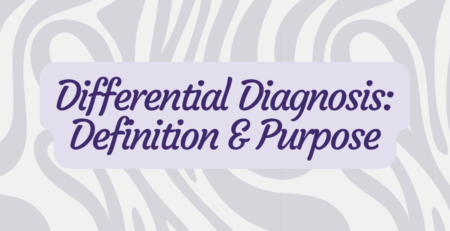What Is Dissociative Identity Disorder?
At Serene Behavioral Health, we strive to provide information on various mental health conditions to empower our clients and inform the public. One frequently misunderstood and misrepresented condition is dissociative identity disorder.
Defining Dissociative Identity Disorder
Dissociative identity disorder, formerly known as multiple personality disorder, is a severe mental health challenge characterized by the presence of two or more distinct identity or personality states within a single person. These identities, often known as “alters,” have distinct patterns of perceiving, relating to and thinking about the environment and themselves.
Though the exact cause of DID is still under study, it frequently stems from extreme traumatic experiences, usually during early childhood. This trauma can lead people to dissociate or disconnect from their surroundings as a defense mechanism against the overwhelming pain or distress.
Defining Symptoms and Traits of DID
Dissociative disorders involve experiencing a lack of continuity between thoughts, memories, surroundings, actions and identity. People with dissociative disorders escape reality in unhealthy, involuntary ways that cause problems with their relationships and responsibilities.
- Presence of two or more distinct identities: These separate identities or personalities might have different names, histories and characteristics. They can be of diverse ages, genders and even have different postures, accents and attitudes.
- Amnesia: People with DID often cannot recall personal information, leading to significant memory gaps. This problem isn’t the same as being forgetful; it’s a more profound lapse of critical events or information.
- Dissociative fugue: Some people might find themselves in unfamiliar places without knowing how they got there.
- Depersonalization and derealization: A feeling of detachment from yourself (as if watching from outside) or feeling that the surroundings are unreal or unfamiliar.
- Distress and impairment: The condition causes significant distress or impairment in social, occupational or other essential areas of functioning.
- Alter switching: The transition from one identity to another can be sudden and triggered by stress or other personal events.
How Widespread Is Dissociative Identity Disorder?
DID is a rare disorder. However, its actual prevalence might be underreported due to misdiagnosis or under-diagnosis. Studies vary, but estimates suggest that 1% to 3% of the general population may have DID. Furthermore, DID is more common among women. It’s also worth noting that many people with DID have experienced severe trauma, especially in their childhood, making early intervention and trauma-informed care essential.
Debunking the Misconceptions About DID
While DID can be challenging to treat, it’s possible to learn new ways to manage your symptoms and lead a healthier life. At Serene Behavioral Health, we believe in equipping our clients with the knowledge to overcome complex disorders like DID. Recognizing the signs and understanding the roots of the condition can pave the way for compassionate care and effective treatments.
If you are experiencing DID, seeking professional help is crucial. We offer four levels of care to ensure you receive the best possible mental health treatment. Contact us today to request help – we’re here for you anytime.
















